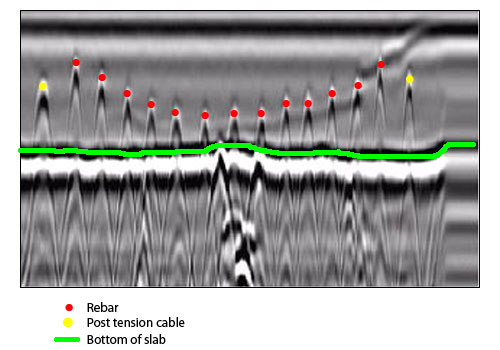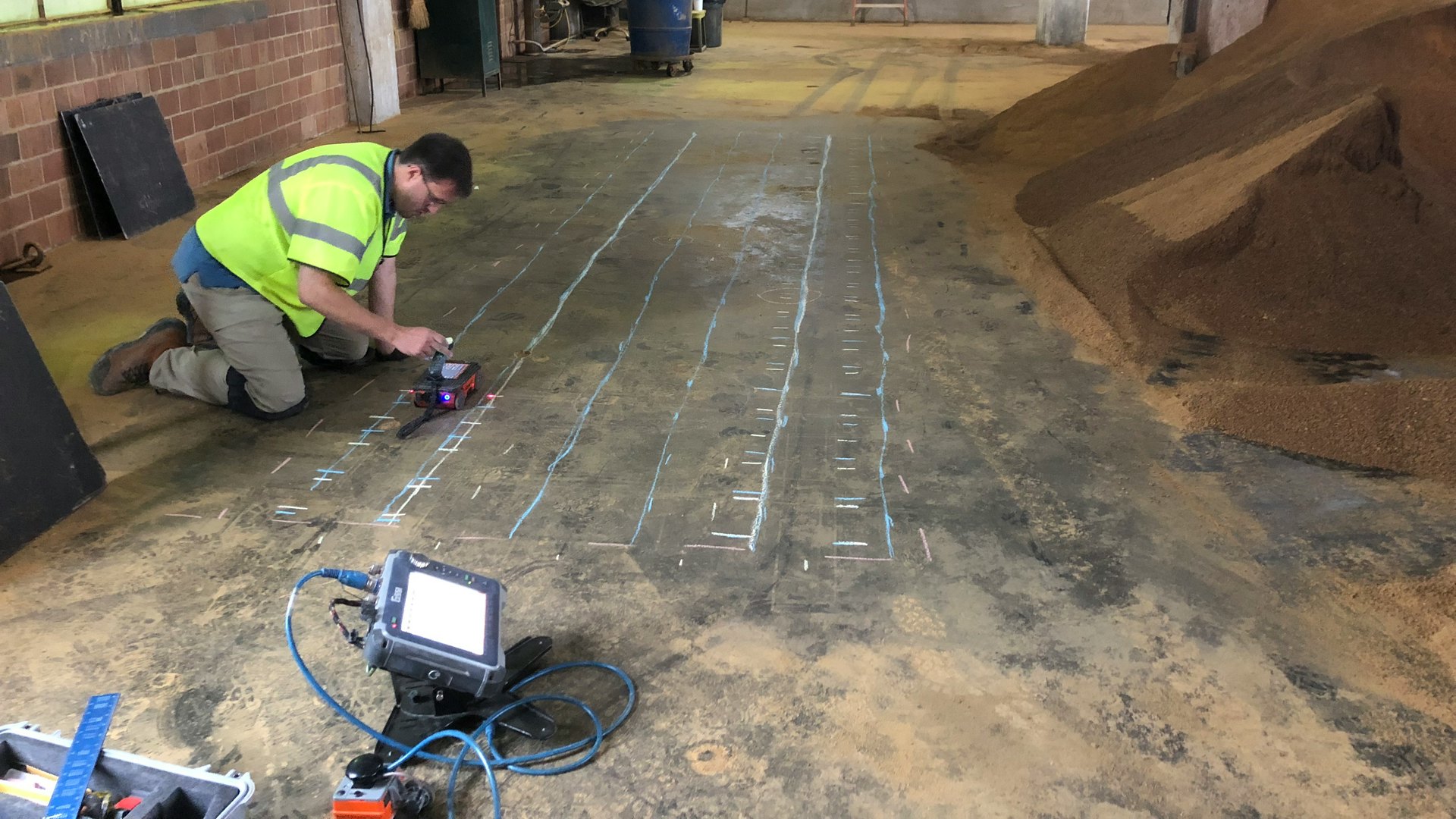The Relevance of Precise Concrete Scanning in Detecting Underground Hazards
The capacity to properly identify and map these underground hazards is not simply a matter of ease however a critical facet of making sure the safety of both building and construction employees and the honesty of the job itself. By releasing innovative scanning modern technologies and methods, professionals can discover surprise risks, protect against expensive problems, and ultimately pave the way for smoother and more secure construction ventures.
Advanced Scanning Technologies for Discovery
Cutting-edge radar systems are reinventing the field of below ground detection by giving unparalleled precision and efficiency. These sophisticated scanning technologies use ground-penetrating radar (GPR) to develop in-depth pictures of subsurface frameworks, offering insights right into what lies underneath the surface area with remarkable clearness. By sending out high-frequency pulses into the ground and gauging the representations, radar systems can identify variants in material make-up and spot below ground threats such as cables, spaces, and pipelines.
One of the essential benefits of these advanced radar systems is their non-invasive nature, permitting extensive inspections without causing damage to the existing structures. This not only makes certain the safety and security of the surrounding atmosphere but also reduces the requirement for pricey fixings or disturbances to recurring building jobs. Furthermore, the real-time data provided by these scanning innovations makes it possible for fast decision-making and improves overall task efficiency.
Importance of Subsurface Mapping

Accurate subsurface mapping helps in avoiding expensive problems to existing underground infrastructure, minimizing the threat of crashes, and preserving job timelines. It makes it possible for task supervisors to make enlightened choices concerning site planning, equipment deployment, and source allocation. Additionally, subsurface mapping permits better coordination among various groups functioning on a job and assists in following regulative demands associated to underground utility discovery.
Mitigating Dangers in Building Projects
Reliable danger mitigation strategies are necessary for ensuring the success and safety and security of building and construction jobs. One crucial aspect of mitigating dangers in construction jobs is detailed preparation and analysis at the initial phases.
In addition, developing clear communication networks amongst all task stakeholders and making certain rigorous adherence to safety methods are vital components of threat reduction. By proactively executing durable threat reduction methods, building projects can minimize delays, cost overruns, and safety incidents, eventually leading to effective job results.

Avoiding Pricey Problems and Hold-ups
To lessen financial losses and task troubles, reliable approaches have to be applied to prevent pricey problems and hold-ups in building jobs. Identifying these blockages early on helps in intending the redirected here task design much more efficiently and avoiding prospective problems throughout excavation.
Furthermore, investing in training programs for construction employees on the importance of concrete scanning and safe excavation techniques can significantly lower the danger of mishaps and delays. Clear interaction channels in between job supervisors, engineers, and on-site employees are likewise important to ensure that every person is aware of the possible dangers and complies with the necessary procedures to avoid pricey problems. By prioritizing proactive procedures like concrete scanning and promoting a society of security and recognition, building projects can decrease the monetary influence of unforeseen underground blockages and avoid pricey delays.
Ensuring Safety And Security of On-Site Employee
By prioritizing aggressive measures such as thorough training programs and clear interaction channels, building and construction tasks can ensure the safety and security of on-site personnel amidst the possible dangers identified with concrete scanning. Correct training equips workers with the understanding and skills needed to navigate building websites securely, specifically when hazards are determined via scanning processes. Training ought to cover danger acknowledgment, emergency treatments, and the proper utilization of individual protective tools to reduce threats successfully.
Additionally, establishing clear interaction networks is crucial for disseminating info regarding recognized hazards promptly. This guarantees that all on-site workers are conscious of prospective dangers and can take necessary precautions to avoid accidents. Regular safety and security instructions, toolbox talks, and consistent updates concerning scanning results assistance keep everyone informed and positive in preserving a risk-free workplace.
Additionally, carrying out stringent adherence to security procedures and policies, conducting regular safety audits, and promoting a culture of safety and security awareness amongst workers are essential components in making sure the wellness of on-site employees throughout construction tasks - RainierGPR Concrete Scanning. Proactive precaution not just protect employees from injury yet likewise add to the total success and effectiveness of the task
Verdict
Making use of advanced scanning innovations and subsurface mapping aids alleviate threats in construction jobs, protecting against costly damages and hold-ups. It is crucial for building and construction companies to prioritize the usage of specific scanning techniques see post to minimize possible hazards and make sure a smooth building and construction procedure.

By proactively carrying out durable risk reduction techniques, building and construction projects can reduce delays, price overruns, and safety cases, inevitably leading to effective task end results. - RainierGPR Concrete Scanning
To decrease financial losses and job setbacks, effective methods have to be executed to prevent costly problems and delays in construction projects. By focusing on aggressive actions like concrete scanning and advertising i loved this a culture of safety and security and understanding, construction projects can decrease the economic influence of unforeseen underground obstructions and stay clear of expensive delays.
By focusing on aggressive actions such as thorough training programs and clear interaction channels, building and construction jobs can guarantee the safety and security of on-site workers amidst the potential threats identified with concrete scanning. Utilizing innovative scanning modern technologies and subsurface mapping assists reduce threats in building tasks, stopping costly damages and hold-ups.